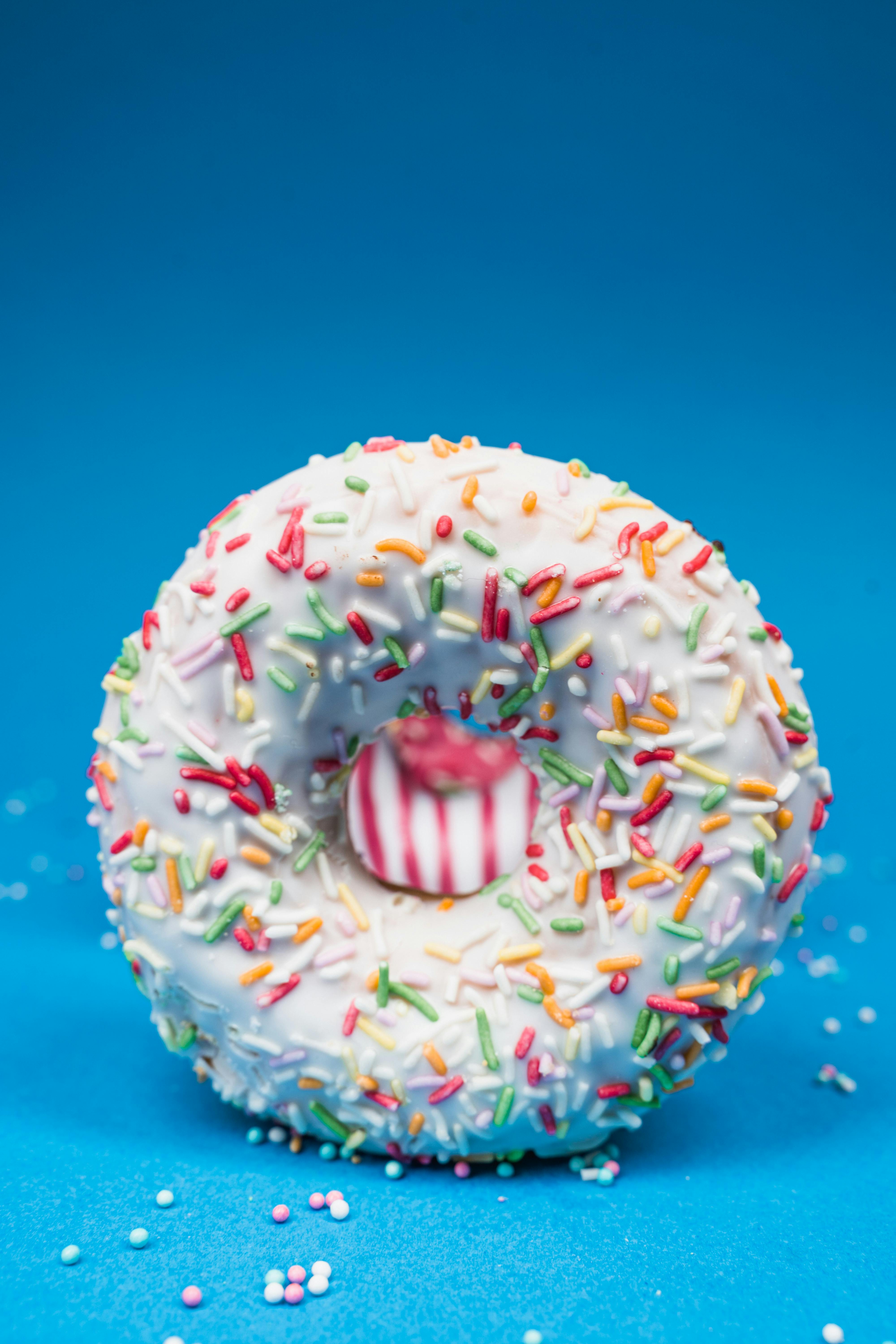Food Stuck in Wisdom Tooth Hole? Here’s How to Get It Out
If you’ve ever had a tooth extraction, especially a wisdom tooth, you know how annoying and uncomfortable it can be when food gets trapped in the healing hole. This is not only frustrating—it can also lead to infection or delayed healing if not addressed correctly. In this comprehensive guide, you’ll learn why this happens, how to safely remove food stuck in a wisdom tooth hole, and ways to prevent it in the future.

Understanding the Fundamentals
When a wisdom tooth is removed, it leaves behind a socket, which is essentially a hole in your gum. During the healing process, this socket is very susceptible to food getting trapped. The issue of food stuck in wisdom tooth hole can’t get it out is more common than you might think.
This socket gradually closes over a few weeks, but until it does, it can act like a tiny trap for debris. Understanding this process helps you make better decisions about care and cleaning techniques.
1.1 Why Food Gets Trapped
After a wisdom tooth extraction, the gum area is tender and the wound site is deep. Unlike other teeth, wisdom teeth sit far back in your mouth, making them hard to reach. Combine this with soft tissue and irregular cavity shape, and it’s a perfect place for food to settle.
This can lead to bacteria buildup, bad breath, and even infection if not managed properly. Common misconceptions suggest forceful brushing helps—but it can actually cause more harm than good.
1.2 Healing Stages and Vulnerabilities
The first 24–48 hours post-extraction are critical. Blood clots form to protect the area, and dislodging them can result in painful dry sockets. During this time, soft foods are advised—but even they can find their way into the socket.
What makes this issue unique is that unlike typical dental hygiene, traditional brushing or flossing isn’t always an option. Therefore, specialized techniques are necessary for cleaning without disrupting healing.
Practical Implementation Guide
Now that you understand why food gets trapped, let’s look at the best ways to remove it without risking your oral health. These methods are designed for all healing stages and prioritize safety and comfort.

2.1 Actionable Steps
- Gentle Salt Water Rinse: Mix 1/2 teaspoon of salt into a cup of warm water. Gently swish without spitting forcefully. Do this 2–3 times daily after meals.
- Oral Syringe or Irrigator: Use a curved-tip syringe filled with lukewarm water to flush the socket gently. Do not use high pressure or cold water.
- Soft-Bristle Toothbrush: After 48 hours, carefully brush the surrounding area using a child-sized toothbrush to avoid disturbing the wound.
2.2 Overcoming Challenges
Common issues when dealing with food stuck in wisdom tooth hole include:
- Fear of dislodging blood clot
- Inadequate tools for cleaning
- Persistent debris that doesn’t flush out
To solve these, always use lukewarm solutions, avoid straws or suction, and never use sharp objects. If the food remains for more than 48 hours, consult your dentist for professional cleaning.
Advanced Applications
For those who experience recurring issues or have complex dental structures, there are advanced techniques that provide better protection and cleaning effectiveness. These are ideal for post-op care extending beyond the first week.

3.1 Water Flossers
Water flossers, also known as oral irrigators, provide pulsating streams of water that can reach difficult areas around the wisdom tooth hole. A case study from the American Dental Association showed a 62% increase in patient comfort when using these devices during healing periods.
They’re especially useful after the first week when the clot has stabilized. Adjust the pressure settings to low and angle the nozzle gently toward the area without direct contact.
3.2 Antibacterial Mouthwash with Irrigation
Some mouthwashes are designed to reduce bacterial load without irritating tissue. Products containing chlorhexidine or essential oils can be diluted and used via syringe irrigation to promote healing.
Always confirm with your dentist before using these methods, especially if stitches are present or if you’re recovering from multiple extractions.
Future Outlook
Advancements in dental care continue to evolve, offering smarter tools and methods to prevent issues like food stuck in wisdom tooth hole can’t get it out. Innovations include bioengineered dressings and self-dissolving gum plugs that reduce risk altogether.
In the next 3–5 years, we can expect personalized oral care kits tailored for post-surgery needs and AI-guided irrigation tools that adapt based on user mouth maps. Staying informed and adopting these trends early can significantly ease recovery.
Conclusion
Let’s recap the essential takeaways:
- Food getting trapped in a wisdom tooth hole is common, but manageable
- Gentle rinsing and specialized tools ensure safe cleaning
- Preventive care and proper timing are crucial for optimal healing
By following this guide, you can reduce discomfort, prevent infections, and recover faster. If you’re currently dealing with this issue, try the methods outlined above and consult your dentist if symptoms persist.
Ready to take control of your oral health? Start implementing these techniques today and protect your smile.
Frequently Asked Questions
- Q: What should I do if food is stuck in my wisdom tooth hole? Try a gentle salt water rinse or an oral syringe with lukewarm water. Avoid forceful action that could dislodge the clot.
- Q: How soon after surgery can I clean the socket? Wait at least 24 hours before rinsing, and only use an oral syringe or water flosser after your dentist gives approval.
- Q: How long does it take for the hole to close? Healing varies by person, but typically takes 1–2 weeks for the gum to cover the hole and up to 6 weeks for full closure.
- Q: Is it expensive to buy cleaning tools? Oral syringes are inexpensive (under $10), and water flossers range from $30 to $100 depending on brand and features.
- Q: Is using a water flosser better than rinsing? Water flossers are more precise and effective, especially after the first week, but rinsing is a safer choice immediately after surgery.
- Q: Do I need special skills to clean the area? Not at all. With proper instructions and caution, anyone can maintain post-extraction hygiene safely.
- Q: What if I have braces or implants near the site? Use low-pressure tools and consult your orthodontist to avoid damage to hardware while maintaining cleanliness.
